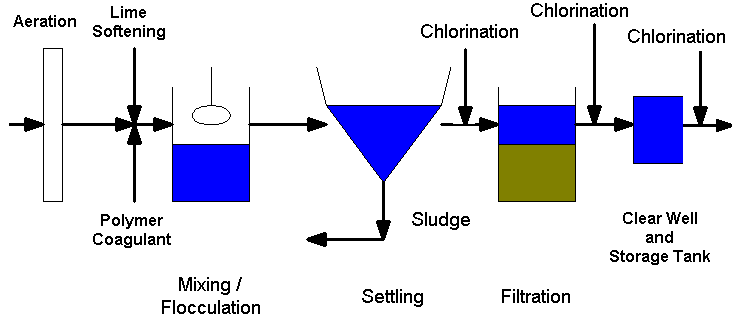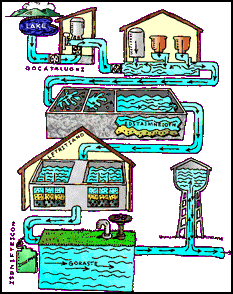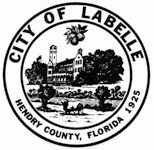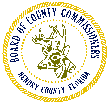

WATER TREATMENT PLANT
The Port LaBelle Utility has a small water treatment plant designed to serve under 10,000 people. It is a typical system and includes the following components:

The water treatment process components are shown in the series of images below:
A 4-inch diameter groundwater well (p384) pumps water from an aquifer 380 feet below the ground at a rate of 350 gallons per minute. |
Air stripping (p382) removes volatile organic chemicals, radon, and hydrogen sulfide from the water. |
Handling tanks mix and meter lime and anionic polymer coagulant s (p373) into the water treatment system. |
Lime softening (p379) removes hardness by reacting it with lime (calcium hydroxide) creating calcium carbonate. |
Mixing of the lime and polymer with the water (p380) occurs in an agitation flume, allowing a precipitation reaction to occur with the hardness compounds. |
The settling basin (p381) allows the solid precipitate to flocculate into large particles. This creates a sludge that settles to the tank bottom. |
Rapid sand filters (p372) removes the remaining small particles. The addition of chlorine also causes dissolved iron to be oxidized into a solid form that can be removed by the filter. |
The pump room (p375) moves water from the sand filters to the clear well, then to the storage tank and finally to the distribution lines. |
Storage cylinders (p385) contain the chlorine gas that serves as the disinfectant. |
Chlorine gas is metered (p386) into the treated water at various points of the process to remove biological hazards and minerals. |
The treated water is stored in an above-ground tank (p376) prior to final chlorination and pumping into the distribution pipes to homes & businesses. |
The figure below provides a
more detailed schematic of
the Port LaBelle Utilities System water
treatment plant.

MEASUREMENTS OF TRIHALOMETHANE IN DRINKING WATER
The water supplies of many small communities are affected by a continuing national effort to improve the quality of our drinking water. This web site represents an effort by the University of Florida, in cooperation with the Port LaBelle Utilities System and the engineering firm of Craig, Smith & Associates, to inform the public of water quality facts and improvements.
Results of water quality monitoring in the Port LaBelle Utilities System show results consistently in excess of the 0.10 mg/L federal limit for total trihalomethanes (TTHM) levels. These levels were reduced to safe levels after modifications to the water plant were completed.
Water Sample Location |
02-19-98 | 06-05-98 | 09-17-98 | |||||
| Chlorine
Residual |
TTHM | Chlorine
Residual |
TTHM | Chlorine
Residual |
TTHM | |||
| mg/L | mg/L | mg/L | mg/L | mg/L | mg/L | |||
LaBelle 6th Grade Center |
2.2 | 0.22 | 2.3 | 0.32 | 0.6 | 0.42 | ||
| LaBelle High School | 2.7 | 0.22 | 1.6 | 0.32 | 2.0 | 0.39 | ||
| Country Oaks Elementary School | 0.9 | 0.21 | 0.4 | 0.44 | 0.3 | 0.45 | ||
| Port LaBelle Inn | 3.1 | 0.22 | 0.3 | 0.35 | 0.3 | 0.48 | ||
 and
Hendry County Page
and
Hendry County Page
